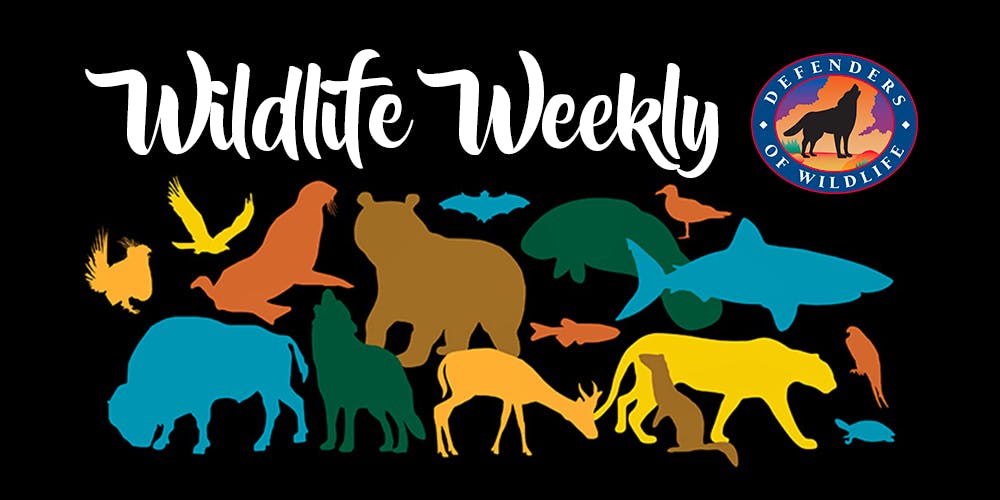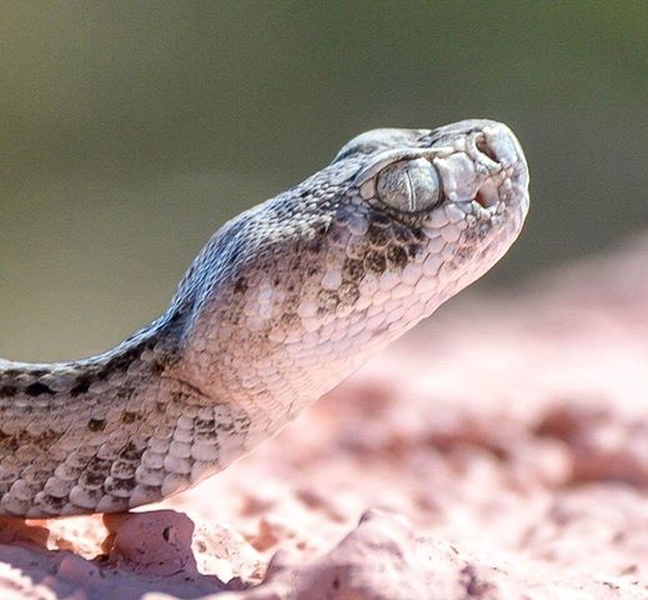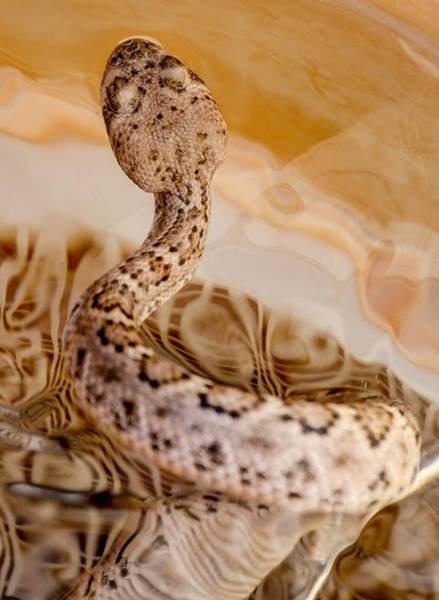Your weekly roundup of wildlife news from across the country

- Trump’s plan for the national monuments recently under review still shrouded in secrecy: http://dfnd.us/2vonaZv
- The state of Texas has seen historic rainfall from Hurricane Harvey in the past few days with catastrophic impacts on communities and families, and ecosystems and wildlife: http://dfnd.us/2vt33JM
- Business leaders call for Mexican gray wolf restoration in Grand Canyon area: http://dfnd.us/2wnUWLN
- Bird not found in Pennsylvania for 60 years finally breeds again: http://dfnd.us/2gnFxar
- Roadkill inspires rescue mission for diamondback terrapins: http://dfnd.us/2vkX0H5
In North Carolina:

On August 17, the Asheville team held its summer Workshop & Walkabout – Wild Waters. This free public event celebrated the amazing aquatic biodiversity of the Southern Appalachians as presented by Jim Herrig, a recently retired aquatic ecologist for the Cherokee National Forest. Jim gave a riveting talk with slides and videos, after which attendees helped build water viewers to use in the field. On Saturday morning, the group hiked out to South Mills River in Pisgah National Forest, home to the eastern hellbender salamander, with our water viewers in hand to see what we could find. Jim and Kat Diersen, who heads up our Southern Appalachian program, donned wetsuits and masks and snorkeled along with the group helping to find and identify critters. The water was crystal clear but cold, and the viewing was superb. Jim identified around 20 different species, and Kat clinched the day when she found a juvenile hellbender to the delight and amazement of everyone. Our goals were to explore, have fun, and build community — mission accomplished!
In Florida:

Defenders staff has advocated with the Florida Wildlife Federation and the Florida Fish and Wildlife Conservation Commission to create and post gopher tortoise signs at public beach access points along busy coastal beach areas in Northeast Florida. These signs help beachgoers understand that tortoises are not marine creatures and should be left alone when encountered on or near the beach. Typically, in a coastal environ, the tortoise inhabits the dunes immediately adjacent to the beach. The gopher tortoise is a keystone species in six states in the Southeast. The largest population is in Florida. Its burrow has been documented as providing a home for over 350 commensal species.
In the Southwest:
Defenders of Wildlife’s Southwest Program is working to pave the road to recovery for Mexican gray wolves by fostering tolerance among communities that share the landscape with wild wolves. To achieve our goal of social tolerance and coexistence, Defenders operates a community-based model, serving as a convener and facilitator. The work can be sensitive at times as we navigate close-knit communities with long traditions. This year alone, the Southwest Program has 15 range rider projects in Arizona and New Mexico which have lowered requests for wolf removals and increased social tolerance.
In Idaho:
Idaho wolves howl in victory! State officials declined to move forward with a proposition that would allow the use of bait to lure wolves for hunting. The Idaho Fish and Game Commission opted not to vote on the baiting proposal for now, though it could be reintroduced in the future. The wolf baiting plan had widespread opposition. Out of the 24,000 comments received by the agency on this plan, 96 percent were against it, with 66 percent of those in opposition being Idahoans.








